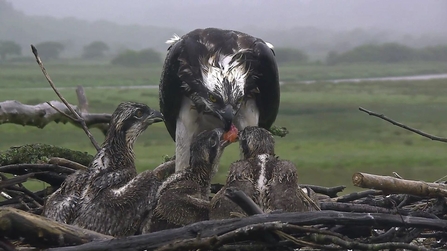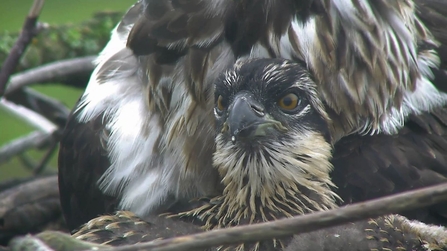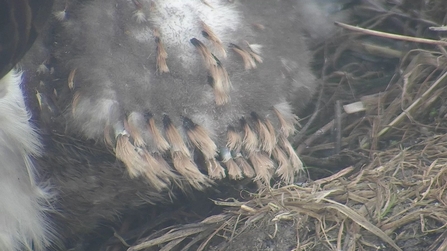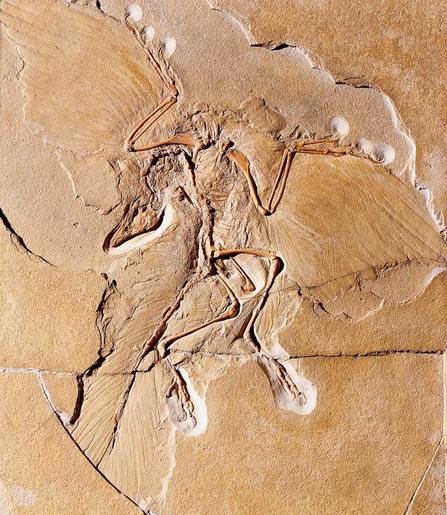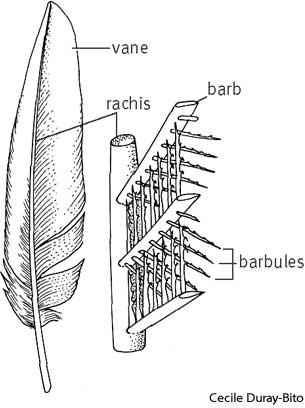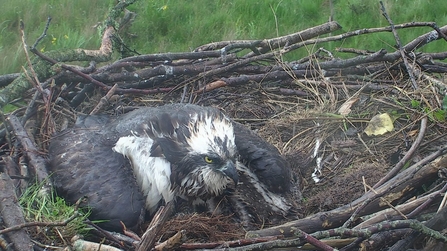Changing in front of our eyes!
Aside from the rapid increase in size, the biggest change we see in growing osprey chicks is the development of their feathers. By around the second week you will have noticed that the colour and structure of Bob 1’s feathers were markedly different from Bobby Bach’s, but they still bore little resemblance to those of Mum and Dad.
Three weeks to the day since Bob 1 hatched and it is getting harder to tell the difference between them. The youngest Bob has now lost all of his hatchling feathers, and they are all beginning to look more like ospreys every day!
